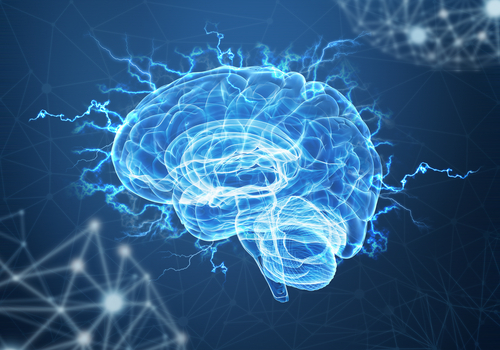Specific Brain Changes Linked to Epilepsy Revealed in Large-scale International Study
Written by |

People with different types of epilepsy have significant brain structure abnormalities, including alterations in the thickness and volume of the gray matter of several regions of the brain, according to a large-scale analysis.
Scientists in the international research consortium ENIGMA performed the largest neuroimaging analysis of epilepsy to date aimed at comparing the brains of individuals with epilepsy to identify similarities and differences.
Involving more than 3,800 participants across 24 clinical centers in 14 countries, the study showed that even more common and generally benign epilepsy syndromes involve more widespread brain alterations than previously thought.
The study, “Structural brain abnormalities in the common epilepsies assessed in a worldwide ENIGMA study,” was published in the journal Brain.
Severity and frequency of seizures in epilepsy, along with patients’ responses to therapy, vary depending on the part of the brain affected and other factors that are not yet understood. Data so far suggests that almost one-third of patients do not respond well to anti-epileptic drugs, and that these patients are more likely to develop cognitive and behavioral impairments over the years.
A total of 2,149 patients with epilepsy were divided into four subgroups: mesial temporal lobe epilepsy (MTLE) with left hippocampal sclerosis, MTLE with right hippocampal sclerosis, genetic generalized epilepsy, and a fourth group with various less common subtypes of the disorder. Additionally, 1,727 healthy volunteers in a control group were included in the study.
All participants underwent brain scans through magnetic resonance imaging (MRI), following specific protocols that allowed acquisition of 3-D images.
“This permitted image post-processing with the aid of computer software, which segmented the images into thousands of anatomical points for individual assessment and comparison,” Fernando Cendes, MD, PhD, a professor at the State University of Campinas (UNICAMP) in Brazil and coordinator of Brazilian Research Institute for Neuroscience and Neurotechnology (BRAINN), said in a press release.
Collected data was then pooled by University of Southern California Imaging Genetics Center researchers, who consolidated the results and performed a meta-analysis.
By comparing brain images, the team found that epilepsy patients had widespread structural alterations compared with healthy people, including brain atrophy affecting areas linked to sensory and motor control, and also some parts of the frontal lobe.
“Ordinary MRI scans don’t show anatomical alterations in cases of genetic generalized epilepsy,” Cendes said. “One of the goals of this study was to confirm whether areas of atrophy also occur in these patients. We found that they do.”
Patients who had the disease for longer had more extensive abnormalities, reinforcing the hypothesis that more brain regions atrophy and more cognitive impairment occurs as the disease progresses.
This study adds more knowledge on the underlying mechanism in epilepsy and may open new possibilities for diagnosing the disease.
Based on these findings, Cendes and his group are going to investigate possible genetic alterations that may help explain certain hereditary patterns involved in brain atrophy.
“If we know there are more or less specific signatures of the different epileptic subtypes, instead of looking for alterations everywhere in the brain, we can focus on suspect regions,” which may reduce costs and save time, Cendes said. “Next, we’ll be able to correlate these alterations with cognitive and behavioral dysfunction.”





